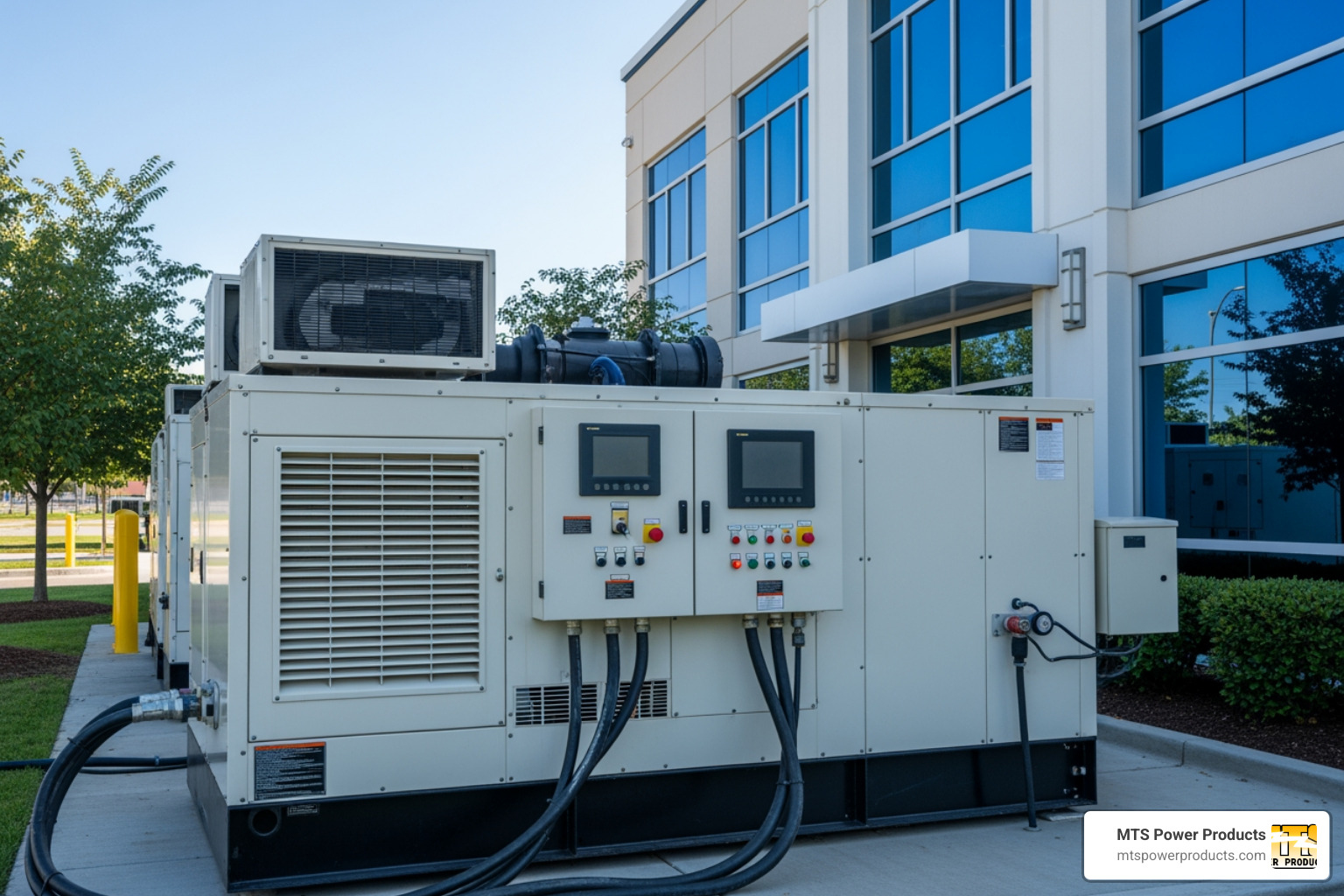
Buy Direct
from the Manufacturer
Sell our Products
Become a Distributor
Discounts
on volume purchases
Visit Us
at our Miami office
from the Manufacturer
Become a Distributor
on volume purchases
at our Miami office
One of the many keys to a well-functioning generator is an AVR, also known as Automatic Voltage Regulation. Not often spoken about, but still very important towards the health of your generator, a voltage regulator, as so many other devices constantly functioning within your generator do. The voltage regulator, however, has to do with power, above all things. The voltage regulator functions like an incredibly hardworking and powerful little soldier within you generator, always maintaining its power value that it puts out every second it’s being used.
To imagine this function of the voltage regulator in human terms, think about engaging in a casual run with someone. Sometimes the pack you’re carrying is heavy, and sometimes it is light, as well as the fact that you’re running in varying climates and degrees of weather. Sometimes you may be in the frosts of snow, and sometimes you’re running in the sweltering heat of summer (outside of this metaphor, generators really do get put through the ringer out in the elements, which leads up to all the more reason to take care of your generators internal functioning system). You both begin running at a certain speed, however you notice the individual you’re running with is traveling faster than you.
But no, you’re a voltage regulator, or perhaps a very skilled runner with plenty of miles of races under your belt, and were therefore programmed or trained to match your opponents, or whomever you may be running with at the time.
This resembles the performance of the voltage regulator in the manner that a voltage is set for the output to reference, and then matches it. It is adjusted if it happens to be off a bit, just as you, the runner, would if you were trying to match your partner.
Aside from the initial question of what is a voltage regulator and how does a voltage regulator function, it is important to be aware that there are also two types of voltage regulators, called a linear and a switching regulator.
The linear voltage regulator uses a pass device that is made to function by a differential amplifying device. It functions most like the above mentioned metaphor in which it works with a reference to tell it how much it should work, and then goes off the reference provided to have maximum power.
The next type is called a switching regulator. It takes the DC input voltage and makes it a switched voltage. Afterwards, the voltage heads to a circuit which takes charge of the power switch, therefore allowing the voltage to stay unchanged.
Here at MTS Power Products we have everything to keep your generator healthy. Some of the voltage regulator types we carry are:
That doesn’t even end the wide range of voltage regulator types we carry, as we are well aware of how important they are to the functionality of your generator, as well as so many other of your technological devices. Be sure to look up all of the devices that require a voltage regulator, as it will provide a scope of how integral they are to the inner workings of so many powerful devices.
